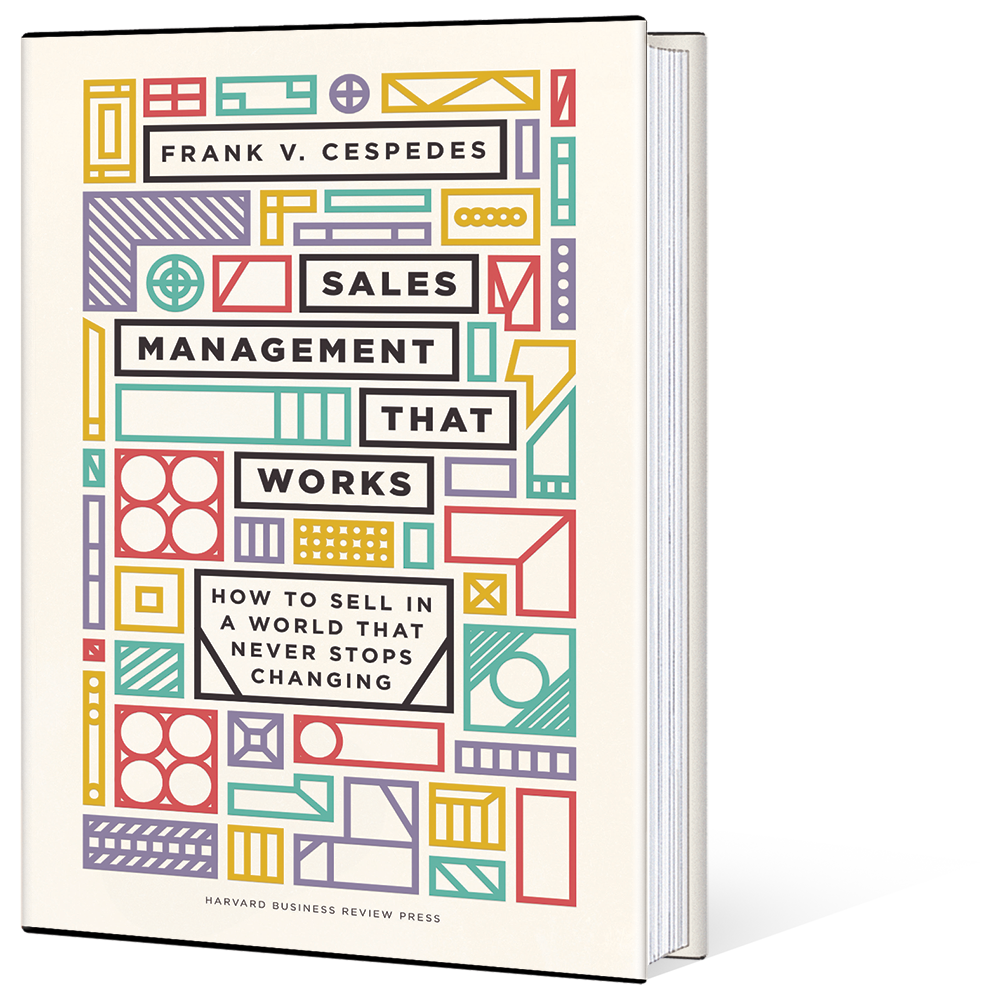In a previous article (“Rethinking Sales Compensation,” Top Sales Magazine, February 2017), I examined three common but false assumptions about money, motivation, and management in sales compensation practices. The message was that the purpose of any sales comp plan is to motivate the sales force to achieve the firm’s goals. There’s no such thing as effective selling if that selling doesn’t link to your firm’s strategy. Business history is full of firms that got what they paid for (e.g., reps who, responding to their volume-driven bonuses, failed to execute a premium-priced solutions strategy), and didn’t get what they didn’t pay for (e.g., individually-focused incentives in a team selling approach).
What, then, are the characteristics of strategically effective compensation plans? I’ll focus here on a crucial starting point: understanding the important sales tasks in your business and, therefore, what the sales person must do to drive strategy execution and results. In selling to retail trade customers, for example, sales tasks can usually be divided into three categories:
- Volume-Influencing Activities: selling new items, getting more shelf space for established items, selling point-of-sale materials or in-store displays, negotiating trade promotions, and so on.
- In-Store Service Activities: shelf audits, handling damaged merchandise, ensuring product freshness, handling queries from store managers are examples here.
- Supply-Chain Management Activities: sales forecasting by account, establishing and managing delivery schedules, and coordination with your firm’s operations people for that customer.
A comp plan should set priorities among these tasks, and it’s your strategy that should determine the priorities, not a generic selling methodology or organizational legacy. Companies with automated replenishment systems for customers, for example, have less need to focus on supply-chain tasks in their sales comp plans because these tasks are largely handled in non-sales areas, such as IT. Companies that use service merchandisers in their go-to-market efforts have less need to focus on in-store service tasks.
Similarly, in B2B businesses, comp plans affect which portion of selling is attention to delivery, price negotiations, building channel relationships, pre- or post-sale applications support, cold calling, or cross-selling to current accounts. The relative importance of these tasks typically changes over the course of the product-market life cycle. Early in the cycle in technology businesses, for example, customer education and applications development are often key sales tasks. But as the market develops and standards emerge, salespeople spend more time selling against functionally equivalent products or developing third-party relationships. Your comp plan should keep pace with these task changes, or strategy execution falters. For years in the pharma business, for example, call frequency on doctors correlated with sales results, so pharma reps had to make daily call quotas to make bonus. As managed care and other large entities become more prominent in purchasing, they reduce the number of relevant call points but increase the relevant buying unit. Comp design needs to change, or you’re paying for motion not results.
The point is to focus on how the salesperson makes a difference with customers today, not yesterday. It’s not the responsibility of customers to inform you when changes occur. It’s the seller’s responsibility to track and adapt to market changes. One reason for disconnects between comp plans and salesperson behavior is that, in many firms, the people designing pay plans do so according to an obsolete vision of sales tasks. If wining, dining, and attending trade shows or conferences are important, the plan’s treatment of expenses should reflect those tasks. If, in a de facto multichannel world, working with intermediaries is important, then the plan should provide incentives to work with influential resellers or value-delivery partners through cross-referrals, training, or joint sales calls. If it doesn’t, then salespeople often sell against these entities and both parties lose the sale.
There’s an important managerial implication here: in designing comp plans, there is ultimately no substitute for ongoing field interaction, including actual sales calls. The common practice of “benchmarking” a company’s compensation plan against an alleged “industry-standard” mix of salary and incentives can be dysfunctional. One reason is that the strategies, and therefore the target customers and buying processes encountered by salespeople, differ among firms even in the same industry. As an executive once told me, “Sales in most companies is managed as it should have been managed five years ago in that business. Because that’s usually the last time the senior people making the most important sales decisions were actually in constant touch with current market realities.” New technologies and “big data” algorithms are providing tools for better tracking and diagnoses of conversion rates, call patterns, and other aspects of funnel management. But as a character in a John le Carre novel puts it, “A desk is a dangerous place from which to watch the world.”
As I mentioned in my previous article, there are always links (intended or unintended) between money, management, and motivation. Among other things, how you pay will affect the kind of person attracted to your sales organization. My core advice to those in sales or the C-Suite about compensation design: start with the engine (understanding sales tasks as they exist today in your market, and therefore the behaviors you want from salespeople), and then install the transmission (the specific mix of incentives aimed at encouraging those efforts).
Frank Cespedes teaches at Harvard Business School and is the author of Aligning Strategy and Sales (Harvard Business Review Press).


